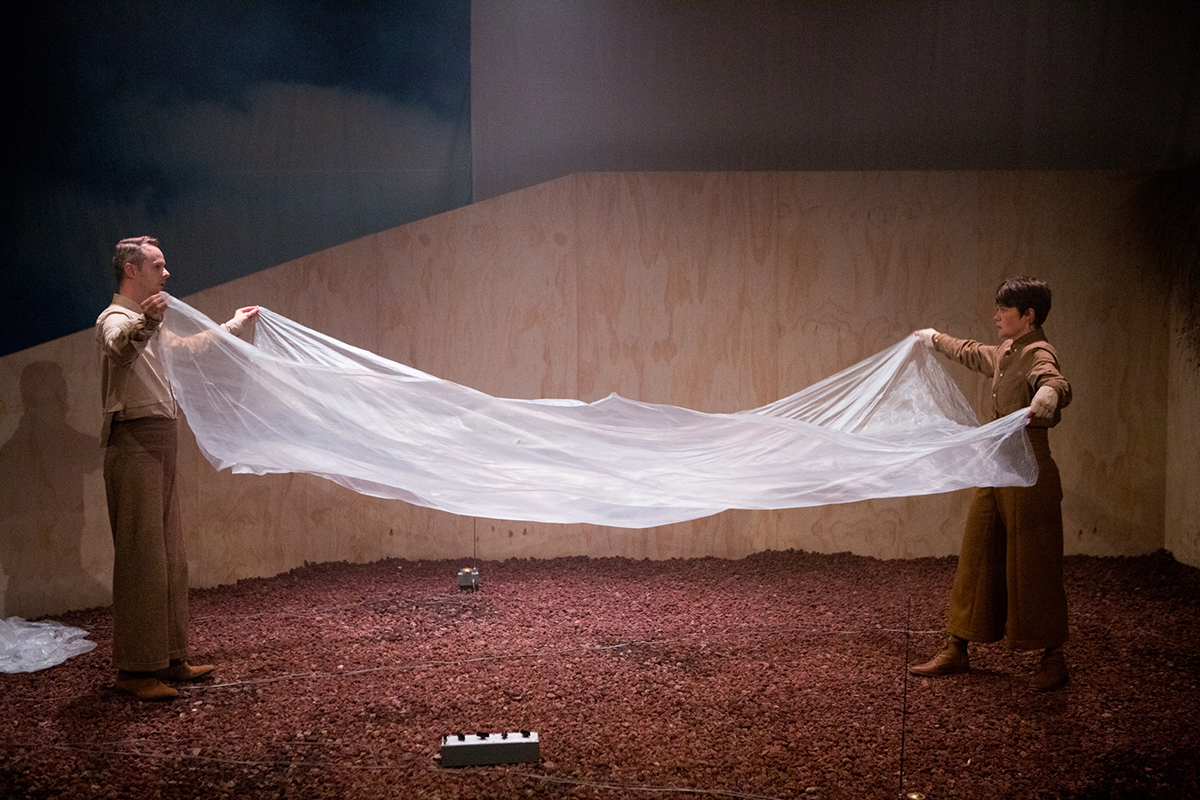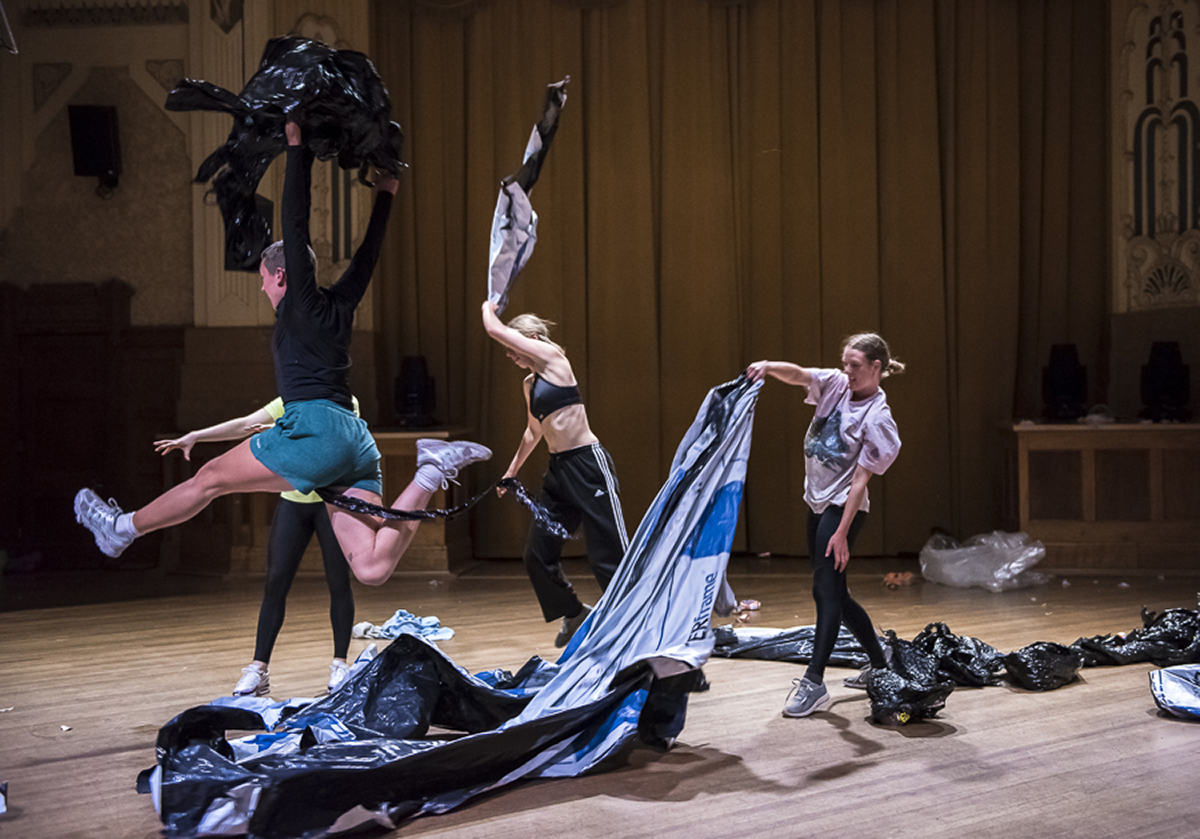
Speakeasy: A question of independence
The plain fact is that a lot of what we call independent theatre in Melbourne is actually subsidised by one government arts funding program or another. Not always well subsidised, but subsidised nonetheless. This is widely known and not generally regarded as incongruous. It has been the reality for many, many years.
So, no, the word “independent” does not imply a commitment to financial self-sufficiency. In the Australian context it in fact implies dependence. For most independent theatre makers, subsidies are not only desirable but necessary. And everyone, it seems, or practically everyone, is comfortable with this. Within the industry, anxieties about grant reliance and application fatigue are focused more on the inadequacy of available funds and the bureaucracy associated with their administration. The importance of subsidies is not in question.
Enter local government. Despite intensive recent debate about federal and state government support — or lack of support — for independent artists, the important role of local government has gone largely unremarked. This is curious because local governments, which are only relatively autonomous from state governments, are in many ways the perfect friend for the independent performing arts sector. And over the last 20 years they’ve been getting a whole lot friendlier.
Take the City of Darebin, in Melbourne’s inner north. In addition to dealing with roads, rates and rubbish, Darebin also has its own arts agenda, part of a broader cultural engagement plan for a more vibrant, more innovative local economy. And independent theatre and dance artists have a significant role in this. Since 2013, the council has funded the Darebin Arts Speakeasy, a performing arts program at the Northcote Town Hall that develops and presents new work from Melbourne’s independent performing arts community.
Speakeasy has partnered with many leading independent companies and artists, and has also provided an opportunity for new artists to show their work in a professional context. Their 2017 season is typical of the kind of work they support, opening with productions by two stalwart independent companies. First, Elbow Room presented Niche, a new play created by Eryn Jean Norvill and Emily Tomlins. And then Little Ones Theatre, led by director Stephen Nicolazzo gave us an adaptation of Christos Tsiolkas’ Merciless Gods.

Underworld, Sarah Aiken, Rebecca Jensen, Darebin Arts Speakeasy, photo Gregory Lorenzutti
Underworld
Then, in September, there was a new dance-theatre work by Sarah Aiken and Rebecca Jensen called Underworld, described as a companion piece to the enormously messy and involving OVERWORLD (2014, reviewed here and here). Underworld translates an obscure Australian thriller called Long Weekend (1978) into an agitated, at times frantic, procession of shadowy images and fragmentary scenes. The movie tells the story of a couple who are attacked for no obvious reason by an army of demoniac marsupials while on a camping trip somewhere north of Sydney. It’s a badly made film, but the idea of malevolent natural forces thrumming beneath a picturesque landscape is intriguing.
In Underworld, the four dancers manage both to parody the trashier aspects of the film and also to amplify its supernatural thrills. The performance maps fairly closely to the film, responding scene by scene, beginning to end, but gives everything a darkly surreal twist. It’s certainly a more concentrated theatrical experience than OVERWORLD. But while the dramaturgy is tighter, I feel as if Underworld is too restrained, lacking something of the hugger-mugger madness and originality that made OVERWORLD so irresistible. It seems less ambitious, less motivated and overall less energetic.
The Sky is Well Designed
Also in September, the Speakeasy presented two shows as part of the Melbourne Fringe Festival. The first was The Sky Is Well Designed by Fabricated Rooms, an intimate work of eco-critical science fiction written and directed by Patrick McCarthy. This is the story of two scientists, played by Emily Tomlins and Ben Pfeiffer, who journey to a remote corner of the world in order to establish a dialogue with the Earth’s atmosphere.
This is a serene but melancholy work, brightening at the edges, full of subtle implications suggesting a great variety of ideas about our relationship with the environment. It alternates between meandering conversations about life, death and the mysteries of the cosmos and musical passages featuring unique instruments designed by Robert Jordan. These instruments are the devices by which the scientists attempt to make contact with the Earth — to speak, to explain and to beg for help.
It’s a polished piece of theatre with many thought-provoking details, but I don’t admire McCarthy’s so-called hyper-realistic writing style: to me, all those phatic asides and mumbled circumlocutions sound like the most unnatural kind of prattle.

Too Ready Mirror, Darebin Arts Speakeasy, photo Greta Costello
Too Ready Mirror
The second Fringe Festival show was Too Ready Mirror, directed by Rachel Baring and written by Jamaica Zuanetti. This is a sharply intelligent play: political, confessional, poetic and formally daring. It has a strong feminist theme — announced in the title, a quote from Simone de Beauvoir — but also an earnest personal quality that gives it a kind of understated authenticity.
There are three separate narrative strands that come together in a tight collage-like structure. There’s the real-life story of Nell Gwynne, English actress and royal mistress who was famous during the Restoration. There’s a young couple living in Melbourne who squabble and fight and tear each other down. And then, in the not-so-distant future, there are two students at an ominous-seeming institute for girls.
It’s a play that makes visible a web of labile connections between gender, sex and class, and points to the ways in which these constrain our everyday behaviours and interactions. I taught Zuanetti for a semester at the Victorian College of the Arts and I’m impressed with how far this play has come since I first encountered it at a reading almost two years ago. This is her first play and has many of the flaws of a first play, but this is a more than encouraging debut.
The production itself is very sleek and slick, albeit the tempo being a bit on the slow side. Indeed, all the productions I saw as part of the Speakeasy season were very slick. It is not simply that they were artfully produced. They also had a cool, polished quality to them that seems almost – dare I say it – mainstage.
Again I find myself worrying about that word “independent.” I’m not talking about the money. I’m talking about the ethos. The look of the work. The ambition. The politics. Do the works featured in the Speakeasy program suggest a relationship of alterity with main-stage tastes? Would we be surprised to see these works, say, at the Malthouse Theatre? Or even — God forbid — the Melbourne Theatre Company? If not, well, what value does the word independent have? Is the rhetoric of independent now obsolete? Is it time to put it back on the shelf next to alternative and experimental?
Perhaps a more appropriate term for the kind of dance and theatre at the Speakeasy is “emerging.” No doubt this observation is belated. Looking back, I think the signal moment was probably the Melbourne Theatre Company’s three Neon seasons (2013-2015). Billed as a festival of independent theatre, this short-lived program in fact announced the end of independent theatre. It was an acknowledgement that separateness from large cultural institutions was no longer regarded by theatre makers as something in itself desirable. It was no longer us and them. The Neon Festival was the dream of a single integrated performing arts ecology with clear career pathways from the fringe to the centre, gleaming like emerald-coloured bike lanes.
“Emerging” means not yet completely institutionalised, but oriented in that direction. It has little to do with age or experience. It is a relative term. Some theatre makers will always be emerging. It is worth pointing out that both Elbow Room and Little Ones Theatre participated in the Neon program. Are they still emerging? Can we describe them as stalwarts of Melbourne’s emerging theatre scene? Why not? Deferral of the desire for institutional acceptance bestows even greater significance on the dream of what it would be like to work with — or to work for — a major cultural institution.
Anyway, that’s what I saw at the Northcote Town Hall. Emerging artists. The Speakeasy project gives artists a taste of what institutional acceptance feels like. And it shows them, and their audiences what their work might look like if it were produced on a main stage. In this way the Darebin Speakeasy feels like a rote perpetuation of that Neon dream.
This article is a review of two fringe shows and a dance work that happened to be subsidised by a local government organisation. It is not a developed reflection on the role of government subsidy in the performing arts. And it is not a proper survey of the independent scene. I offer it only as a provocation, a starting point for thinking about the discourse of creativity and the growing significance of local governments in shaping that discourse.
–
Darebin Arts, Speakeasy, Underworld, 1-9 Sept; The Sky is Well Designed, 15-28 Sept; Too Ready Mirror, 15-28 Sept; Northcote Town Hall, Melbourne
Top image credit: The Sky is Well Designed, Fabricated Rooms, Darebin Arts Speakeasy, photo Greta Costello






